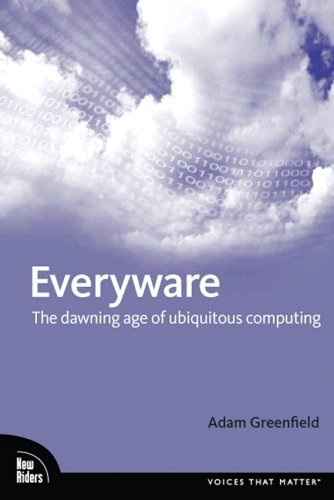
Current status of the thesis presentation:
I have the packaging sequence story boarded out. I have employed a friend of mine to help visualize that part. I am currently PHYSICALLY growing fungus (not the lichen that I would like but we are starting with some mushroom action. ) I am currently scheduling interviews with people who are working on the lines of this idea. I will post the questions soon. I am almost done with the
processing script that will be used to help visualize the growth of this thing.

I sent my thesis statement to
Pia Ednie-Brown, a professor at the
SIAL.
In her response she pinpointed out somethings.
What does it mean for environments to "assimilate and integrate themselves into the contextual biospheres, self utilizing the excess materials through an auto- metabolism."?
To my own criticism of my statement, I do believe that most systems and environment already integrate themselves into the existing context, eventually if not immediately but their relation and integration is not communicated and understood but the users all the time. Overall, I guess this statement of them assimilating and integrating is pushing towards a stimulus with a "positive" outcome that would not have a terribly foreign and dramatic effect on its surroundings. The self utilizing statement runs along the lines of
Waste=Food, a concept pushed by
William McDonough and Partners, a prevalent designer in the world of green design. (In their Cradle to Cradle Design, they have a term called
BIOLOGICAL METABOLISM. "the natural processes of ecosystems are a biological metabolism, making safe and healthy use of materials in cycles of abundance.") One could say we are trying to do that here.
Pia also brought up what the thesis statement lags in in how this model or desire to design to define what an 'Inhabitable Organism" is (or, could be), isn't just a one shot procedure but could be easier of I gradually defined what the value or goals of such a thing is. This way the model is more of what it become or could become.

Also she brought up the point that buildings become "part of ourselves as organisms, like new limbs, skins etc as we inhabit them – ie they are organisms to the extent that they are part
of living ecologies. If you are (as the sentence above suggests) seeking a building that is autonomously an organism (to the degree that living creatures are autonomous) then I imagine we could not rely on them in the same way as we do our rather solid conventional dwellings. But could they offer the world something else, and what would this be?"
Good question! (It's funny that Pia refers to the building being an extension of ourselves much like a limb and etc due to it was the extension of ourselves that brought me to architecture as a scaler jump from fashion initially. just a side note) I think its more to make the building autonomous away from a larger support grid. (of the grid .. etc. ) But supporting it with the inhabitants. So you could come home and feed your house sort to speak. You could power your house potentially with a urine battery. Or compost pile. Imagine, you might be able to "power" your house with the ants you could attract from the food left out.

The human interaction and relationship with the new structure is very important and is going to be addressed when this movie is finished. Tali and Peter from
Imaginary Forces came in yesterday and talked to us about their work and projects, specifically the Experience Design. The presentation reminded that thats was what it was about in the end. What is the experience of the Inhabitable Organism? How can that be communicated? How can people understand that its ok to want and grow one of these things?
 I didn't want to make any fun-guy jokes. This little bugger is a fungus fro
I didn't want to make any fun-guy jokes. This little bugger is a fungus fro m
m  New Zealand. Ileodictyon cibarium is the name of this amazing growth! It forms this structure formally is reminiscent of coral and a vonoroi script.
New Zealand. Ileodictyon cibarium is the name of this amazing growth! It forms this structure formally is reminiscent of coral and a vonoroi script.















